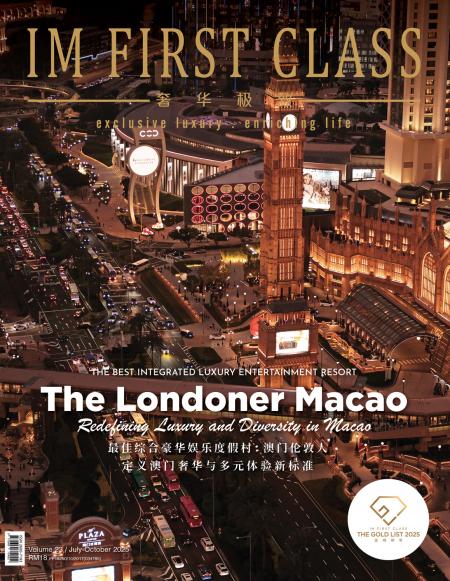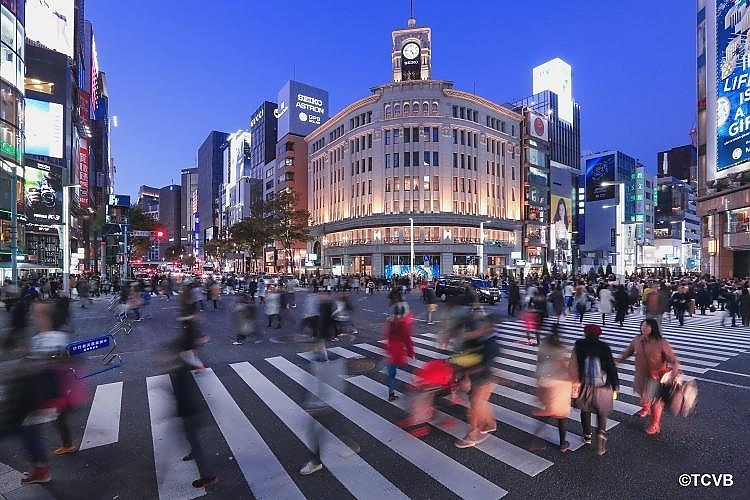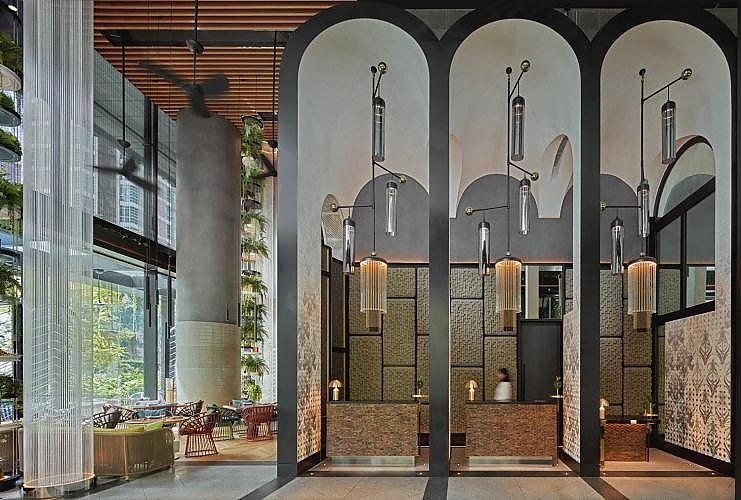The world's largest 3-D printed reef was submerged on Saturday (11 August) at Summer Island Maldives, in what is hoped could be a new technology-driven method to help coral reefs survive a warming climate.
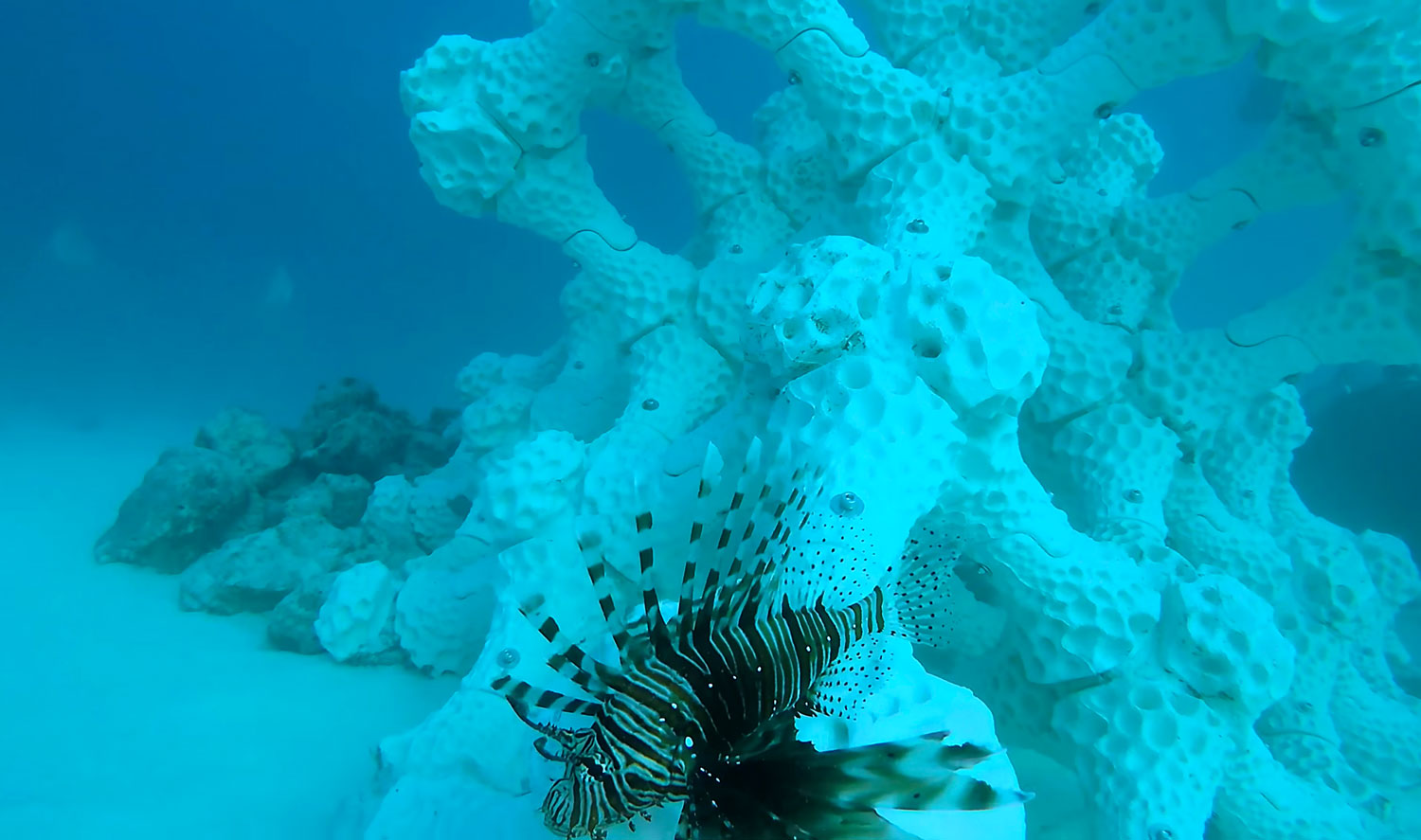
The project started in a lab in Melbourne, Australia, where industrial designer Alex Goad of Reef Design Lab used sophisticated computing modeling to design reef structures similar to the coral reefs found naturally in the Maldives.
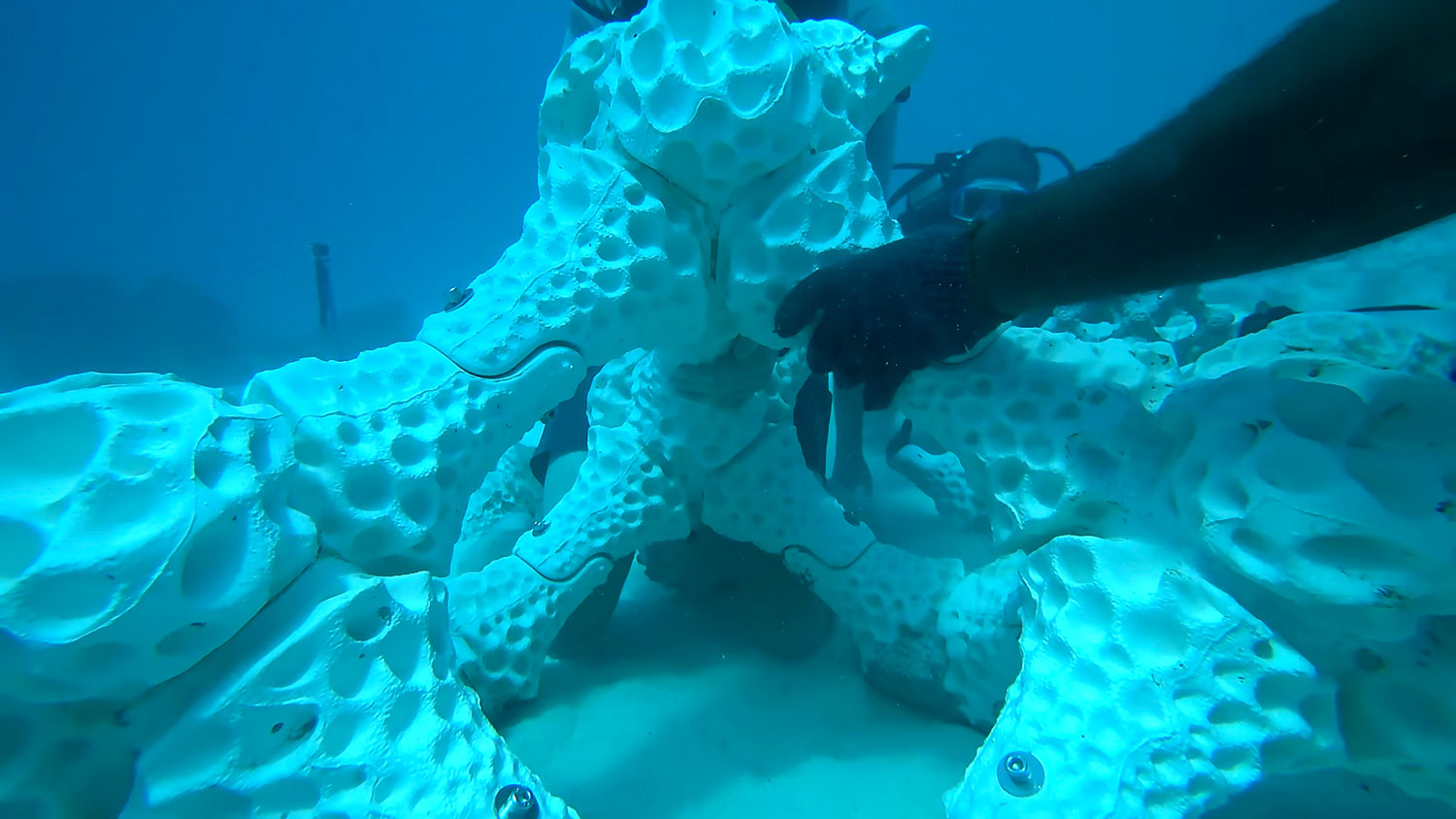
A large 3-D printer whirred away for 24 hours to print moulds of the reef structures. These moulds were cast in ceramic -- an inert substance, similar to the calcium carbonate found in coral reefs. The ceramic moulds were shipped to the Maldives, and filled with concrete on the beach at Summer Island.
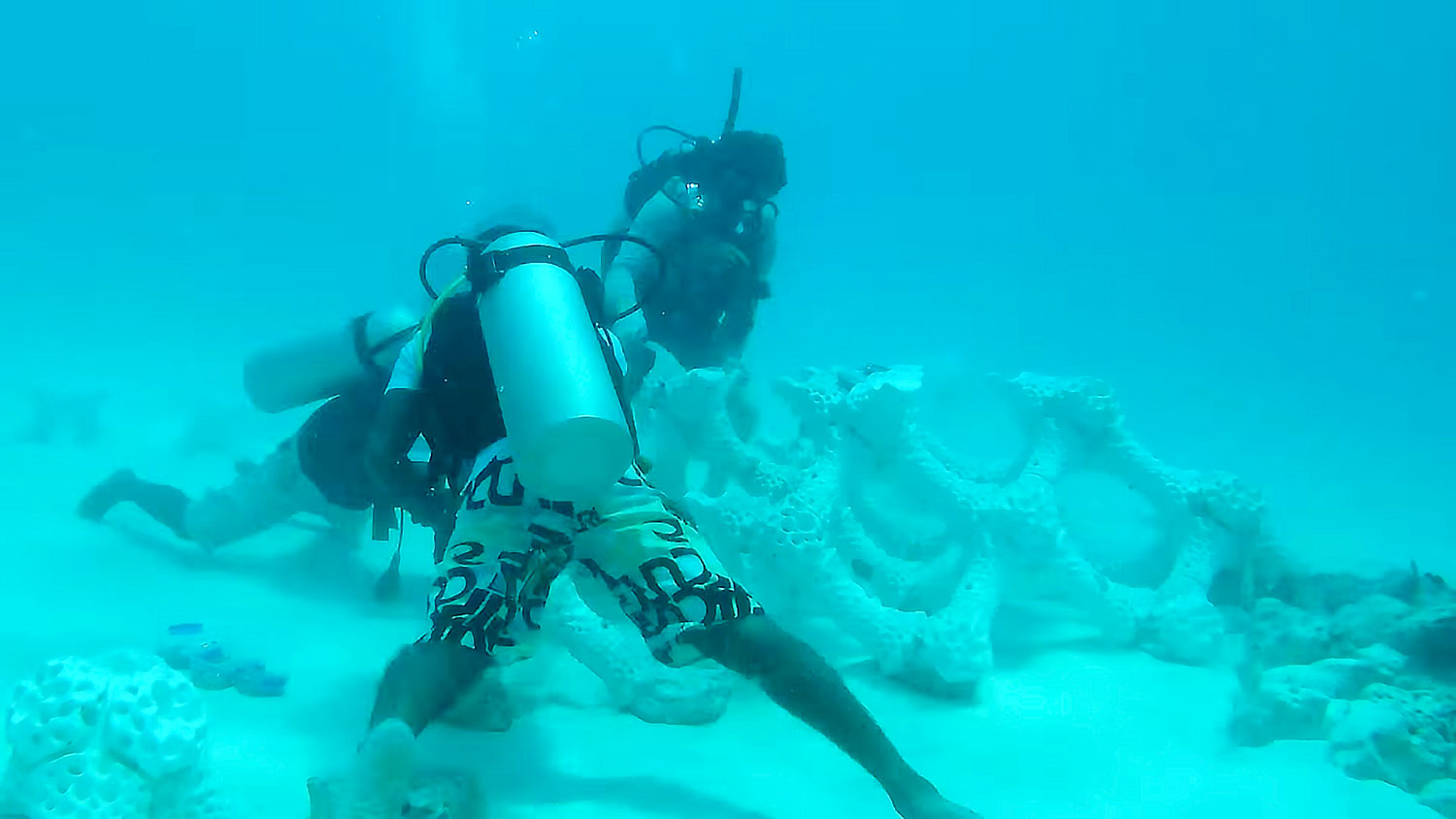
If the 3-D printing technology proves more successful at growing corals than existing coral propagation methods, it could be a novel way of helping coral reefs survive a warming climate.
